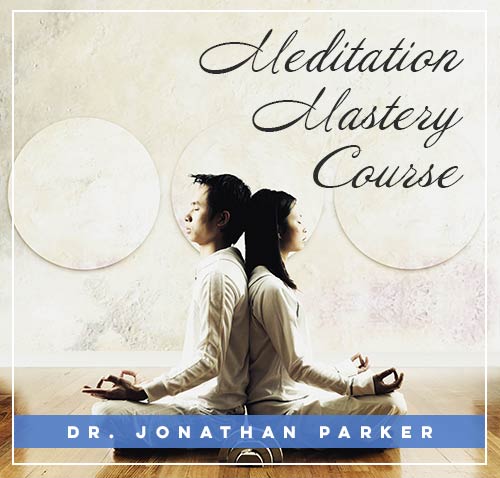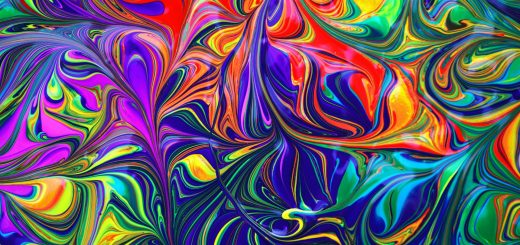Transcendental Meditation (TM) Instruction

Hey there, amazing readers! 🖐️ Just a quick note: yes, we know there are a lot of ads here. Trust us, we get it—it’s not the prettiest look, but they help us keep this blog alive and kicking. Those pesky little ads cover the costs of all the behind-the-scenes magic, from hosting and tech stuff to creating content we hope you’ll love.
We’re committed to delivering quality posts, and your support (even just sticking around despite the ads) means everything to us. So, bear with us, and thanks for helping us keep the good vibes rolling. Now, on to the fun stuff! 😉
TRANSLATE BUTTON AT THE END OF THE ARTICLE
Transcendental meditation is a simple practice that everyone can learn.
The practice of transcendental meditation may give a quiet respite from the maelstrom of ringing mobile phones, snarling traffic, and screaming children that characterize modern living.
Maharishi Mahesh Yogi’s transcendental meditation method was first launched in 1958 when he received official approval.
During the years that have followed, he has published multiple books, taught and toured widely across the globe, and educated more than 40,000 instructors worldwide.
Transcendental meditation is currently being practiced in a variety of situations, including the office, the home, and medical settings.
Additionally, physicians and other health experts are increasingly recommending transcendental meditation as a technique for fighting anxiety disorders and stress, which is a positive development.
You may be wondering what transcendental meditation is and how it differs from other types of meditation.
Here’s what you should know.
One of the most fascinating aspects of the transcendental meditation method is how simple and straightforward it is to learn and practice.
Transcendental meditation can be learned in just a few minutes if you have the right attitude and are willing to work hard.
Essentially, throughout a meditation session, your body reaches a profound and tranquil level of relaxation while being attentive and clear of thought.
First, the individual selects a phrase or picture to concentrate on, such as a religious or cultural symbol that has specific significance to them.
With each repetition of this phrase or picture, the body slips into a deeper and deeper condition of restfulness, until it is completely relaxed.
As long as the session isn’t too long or too short, it should be held in a quiet and comfortable place with as little background noise and distractions as possible.
There is no other meditation method that has been examined and explored as thoroughly as this one.
As a result of transcendental meditation, the brain enters into a theta brain wave pattern (which is similar to that of sleep and profound relaxation), which subsequently continues into the state of awakeness.
Increased cerebral understanding, attention, recall, and creativity are only a few of the physical advantages.
Another intriguing bonus is the possibility of really reversing the aging process.
An investigation by the International Journal of Neuroscience found that the biological age of practitioners of transcendental meditation was on average twelve years younger than their chronological age, according to the results of the study.
It also helps with age- and stress-related disorders like insomnia, high blood pressure, poor visual acuity, hearing loss, and decreased cerebral blood flow, to name a few.
I find it fascinating that practitioners of transcendental meditation come from a wide range of different religious backgrounds.
It is possible to practice transcendental meditation in any cultural environment, despite the fact that it has its origins in Hinduism.
People who study transcendental meditation are really encouraged to adopt symbols that have significance and depth for them as part of their practice.
For example, a rabbi may decide to center the session on a symbol or image that is deeply established in Judaism in order to increase the impact of the session.
Agnostics, on the other hand, may pick a relaxing picture from nature, such as a lovely meadow or a sunset, in order to attain calm.
The versatility of transcendental meditation is one of its greatest assets.

The Enlightenment Journey is a remarkable collection of writings authored by a distinguished group of experts in the fields of spirituality, new age, and esoteric knowledge.
This anthology features a diverse assembly of well-experienced authors who bring their profound insights and credible perspectives to the forefront.
Each contributor possesses a wealth of knowledge and wisdom, making them authorities in their respective domains.
Together, they offer readers a transformative journey into the realms of spiritual growth, self-discovery, and esoteric enlightenment.
The Enlightenment Journey is a testament to the collective expertise of these luminaries, providing readers with a rich tapestry of ideas and information to illuminate their spiritual path.
Our Diverse Expertise 🌟
While our primary focus is on spirituality and esotericism, we are equally passionate about exploring a wide range of other topics and niches 🌍📚. Our experienced team is dedicated to delivering high-quality, informative content across various subjects ✨.
To ensure we provide the most accurate and valuable insights, we collaborate with trusted experts in their respective domains 🧑🏫👩🏫. This allows us to offer well-rounded perspectives and knowledge to our readers.
Our blog originally focused on spirituality and metaphysics, but we’ve since expanded to cover a wide range of niches. Don’t worry—we continue to publish a lot of articles on spirituality! Frequently visit our blog to explore our diverse content and stay tuned for more insightful reads.






